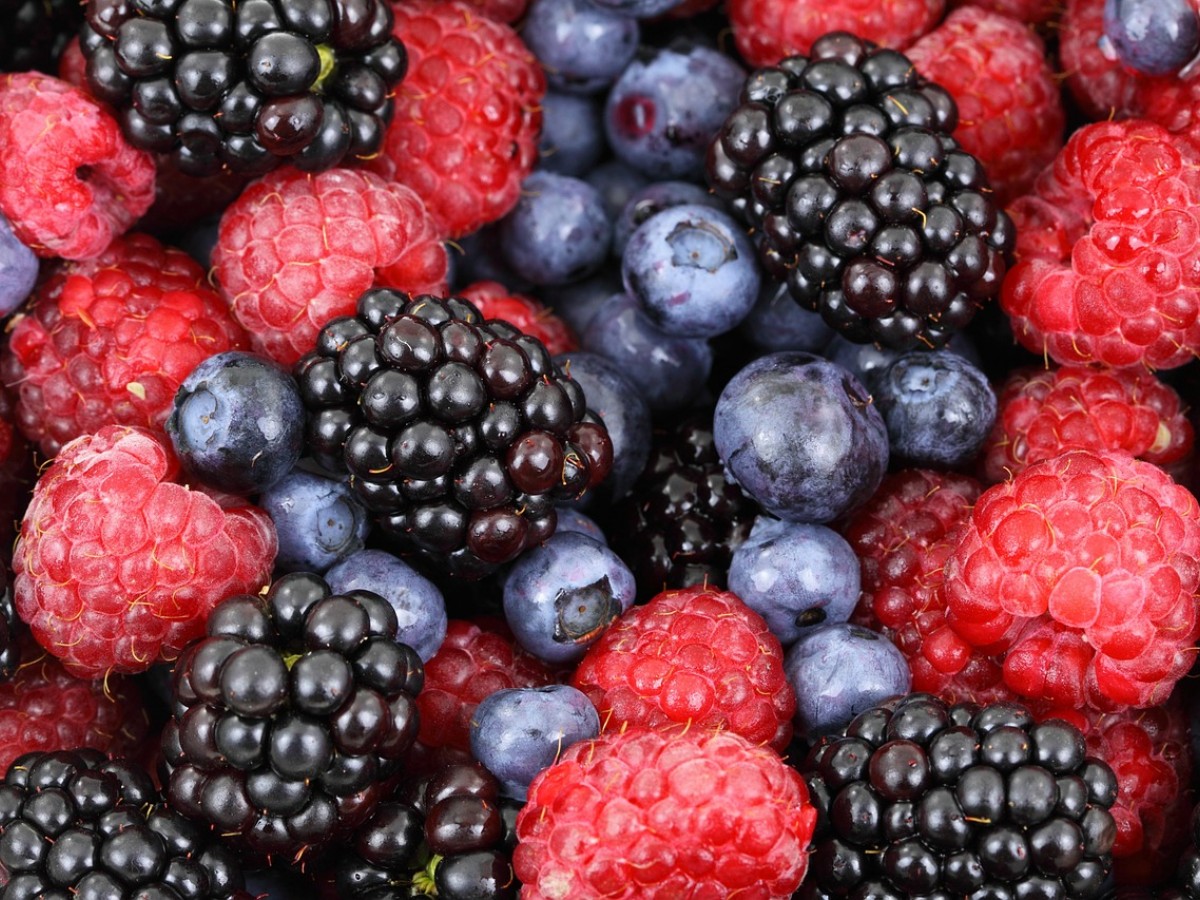Why We Love This Stuff.
From superstars to superfoods, we are obsessed with all things super. This may be a good thing for our species--the ability to aspire. It's certainly good when it comes to food.
According to The Institute for Functional Medicine (IFM), the top 12 superfoods are:
- Avocado
- Spinach
- Seaweed
- Pomegranate
- Blueberries (all dark berries)
- Broccoli (all cruciferous veggies)
- Grass-fed Bison/Beef
- Wild Alaskan Salmon
- Almonds
- Coconut oil (virgin, organic)
- Olive oil (cold pressed, extra virgin)
- Green Tea
What Makes a Food "Super"?
Why is one food merely healthy, while another similar food is super healthy? Two words: Nutrient Density.
Ounce for ounce, superfoods simply contain more vital nutrients than rival foods. For example, a banana may be healthy (it's a good source of potassium) but it's not super healthy because it contains more starch and sugar relative to its phytonutrient content than say, a wild blueberry does.
For the most part then, superfoods are plant foods, especially the mildly astringent, richly colored ones that are low-glycemic (low in sugar) and high in phytonutrients (plant compounds known to be good for everything from cancer to the common cold).
For the most part then, superfoods are plant foods, especially the mildly astringent, richly colored ones.
But there are a few animal foods that also make the cut.
Grass-fed beef and wild Alaskan salmon are rich in mission-critical fatty acids, amino acids, and mitochondrial fuel transporters like carnitine. Some of these, like preformed DHA (omega 3 fatty acid) and carnitine, can be difficult for vegans to obtain. The Paleo crowd has a point: our Paleolithic genes are highly adapted for extracting what we need from wild fish and game, so eating meat can be healthy.
That said, you have to be a pretty choosy ominovore these days. Modern animals accumulate toxins in their tissues. And the human animal, who lives at the top of the food chain, accumulates the most. Believe me, you don't want to be "the hostess with the mostess" in this game. If you eat meat, you'll want to insist on eating it the way your genes remember it: 100% grass fed, organic, free range, or wild caught. Some helpful links to get you started include: Vital Choice Wild Seafood and Organics, and Central Oregon Locavore. Enjoy.
Putting It All Together
So here's where you get to do something to move yourself closer to your aspirations. Consider doing just one thing this month: make a Superfood Shopping List. You can even put it in your smartphone. Then, just pick something up from the list every time you go to the grocery store. That's it. Keep your fridge stocked with good things. And your plate full. (Choosy omnivores only go hungry when they want to).
Once you've got this nailed, then you are really ready to launch. Pick up a copy of Eating on the Wild Side, by Jo Robinson. It will blow your mind.
So let's wrap this all up into a nice little epigenetic package. Food is environmental information for your genes. It's how the outside gets on the inside, bite after bite after bite. Food is your genetic master switch and the single most powerful environmental exposure you have any control over. So make it a good exposure. Make it super good. Because sometimes clichés are true: "genes load the gun, environment pulls the trigger".
Genes load the gun, environment pulls the trigger.
Yours in Health and Resilience,
What to Read Next:
- Fitting Into Your Genes: What Happens When Genes and Environment Don't Match?
